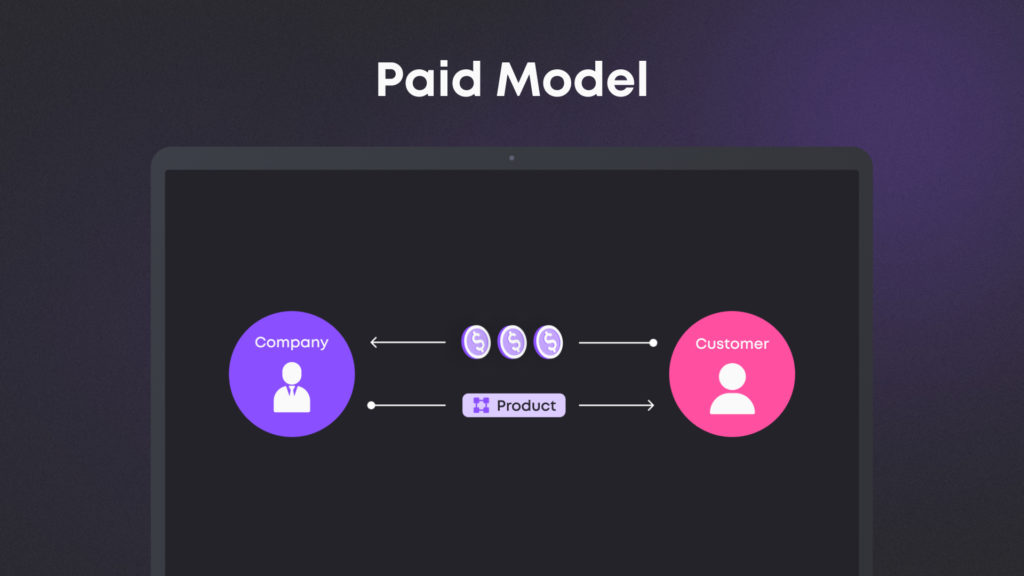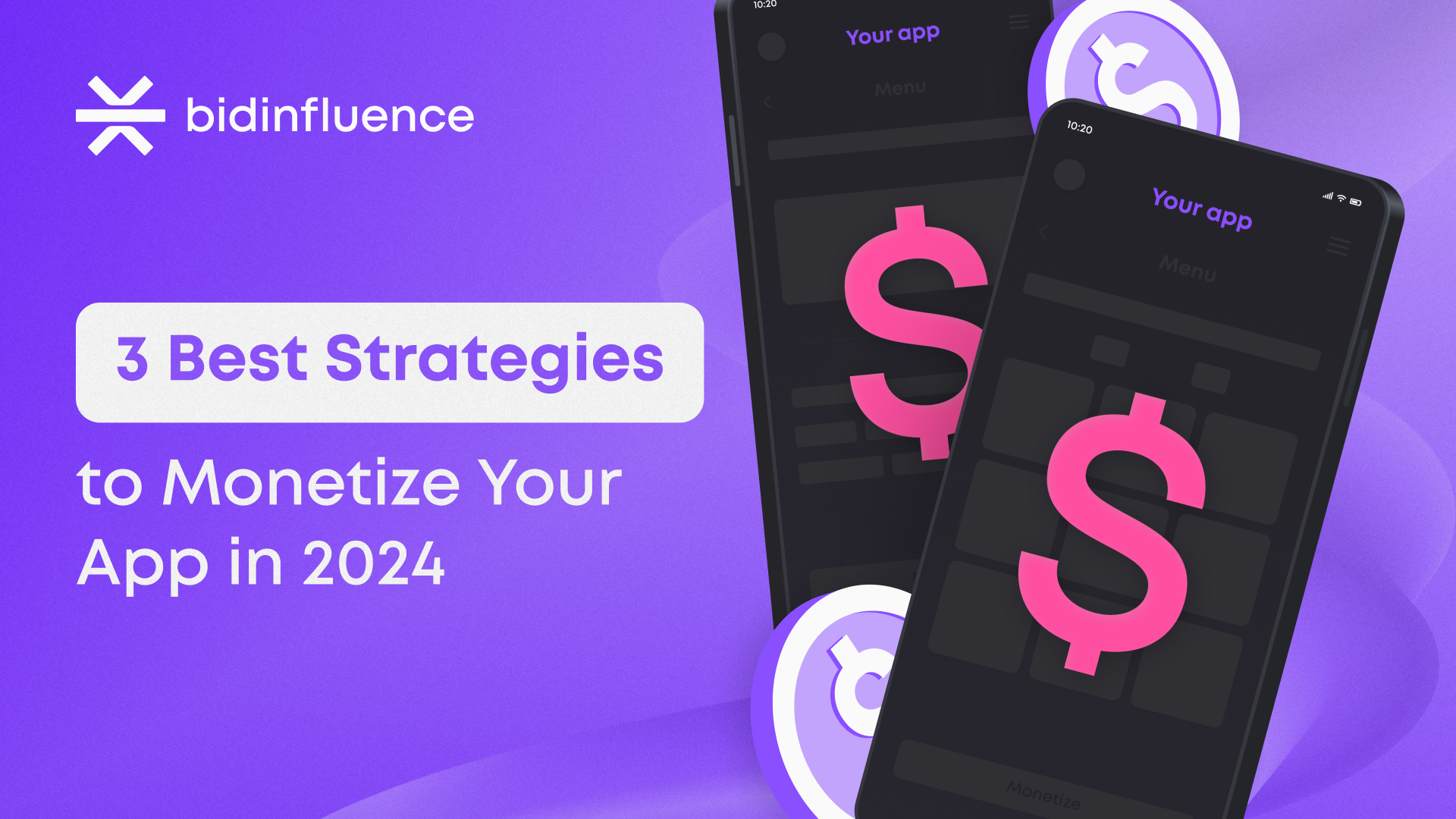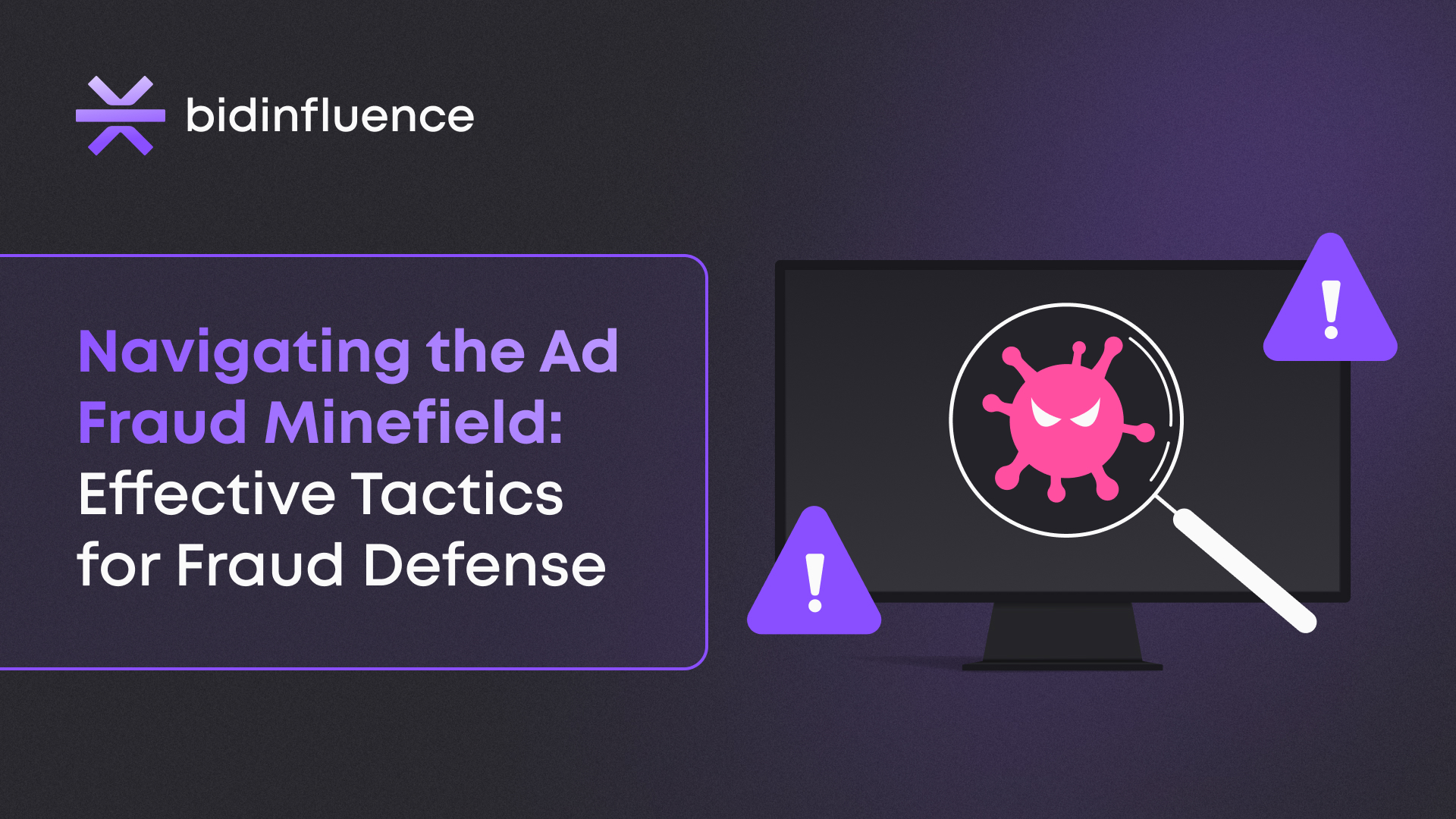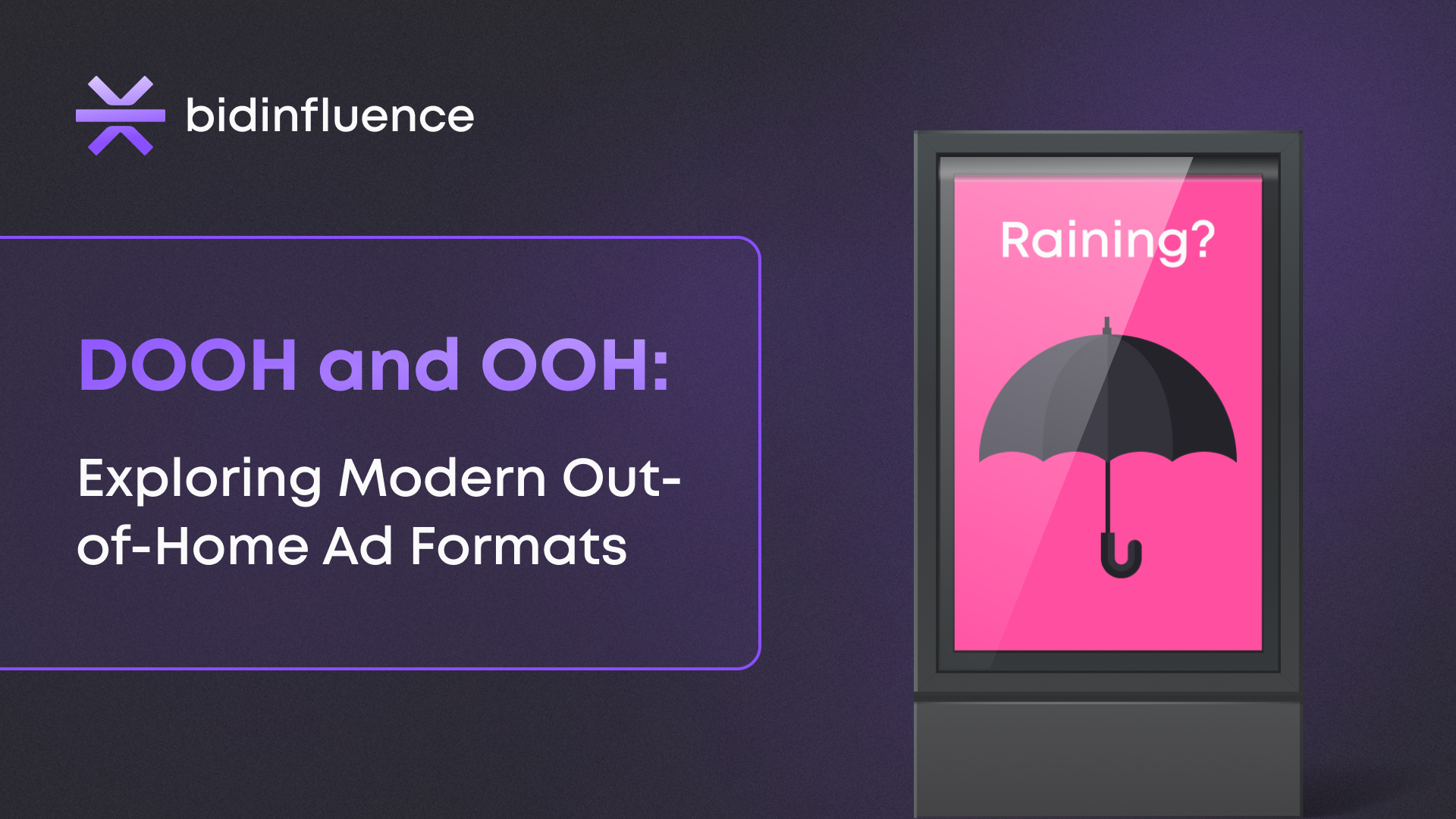In this article, we will delve into three distinct approaches for monetizing iOS and Android applications. We’ll discuss the pros and cons of each method and provide detailed strategies to help developers effectively earn revenue by selling advertising space within their applications.
Free and paid apps
This widely used app monetization strategy offers free and paid versions of your app. In this approach, developers can limit features in the free version to prompt upgrades to the paid version or generate revenue from the free version through in-app advertising.
This strategy presents dual benefits. Firstly, users can access basic app functionality at no cost, fostering broader adoption. Secondly, it builds a growing user base that can be leveraged for upgrades or in-app advertising, creating revenue streams for developers.

Advantages of free and paid versions of the app:
- Increased user base: Offering a free version encourages more users to download and use the app, expanding its reach and potential market.
- Upsell opportunities: By restricting features in the free version, developers can prompt users to upgrade to the paid version, generating direct revenue.
Disadvantages of free and paid versions of the app:
- Maintenance complexity: Managing two versions (free and paid) may require additional resources for updates and support.
- Conversion challenges: Convincing free version users to upgrade or make in-app purchases can be challenging, affecting overall monetization effectiveness.
Apps with a subscription model
Developers often choose to release free apps with a subscription model. This strategy involves offering the app for free download but with limited access to its content or services. Users are then prompted to subscribe to unlock the app’s full benefits. This monetization approach is commonly used by service-oriented or content-centric apps like news apps.
By adopting this approach, the app gains visibility in app stores as a free offering, making it more discoverable to users searching for related content. This initial exposure helps developers build and nurture a user base that can later convert into paid subscribers, effectively monetizing the app.

Advantages of the app with a subscription:
- Wider user adoption: Free apps initially attract more users, building a larger user base.
- Lower barrier to entry: Easy download without upfront cost encourages exploration and potential subscription.
Disadvantages of the app with a subscription:
- Subscription resistance: Some users prefer one-time purchases over recurring subscriptions, limiting the potential user base.
- Higher value expectations: Subscribers expect consistent updates and more content.
Free app with in-app purchases
This popular app monetization strategy involves in-app purchases (IAP). The app itself, along with its basic features, is typically free to download. However, users can enhance their experience by purchasing items or unlocking premium features within the app. For instance, in a gaming app, users might buy extra power to progress faster or turn off advertising, while in a non-gaming app, they could access special features or profiles through a pay-to-play model.
In some cases, users can still access premium features without paying by waiting for features to unlock over time or engaging frequently with the app. However, in other instances, specific items or features are only available through in-app purchases, providing developers with a revenue stream while allowing users to enjoy the app’s core functionality for free.

Advantages of a free app with in-app purchases
- Accessibility: Free app download attracts more users, expanding the user base.
- Enhanced engagement: Incentives like unlocking features or progressing faster can boost user engagement and retention.
Disadvantages of a free app with in-app purchases
- Unequal experience: Users who make purchases may have a different app experience than non-paying users, potentially affecting overall impression.
- Regulatory constraints: App stores and regulations may restrict in-app purchases, impacting monetization strategies and operations.
To Sum Up
There is a wide array of app monetization models to choose from, and selecting the most suitable one for a specific product depends on various factors. For app developers who decide to work with the ad monetization model, Bidinfluence offers valuable assistance in implementing it effectively. We ensure optimal productivity without compromising user experience or encountering technical obstacles. Our partnership will allow app owners to maximize revenue potential through ads while maintaining a positive user interface and seamless functionality.


